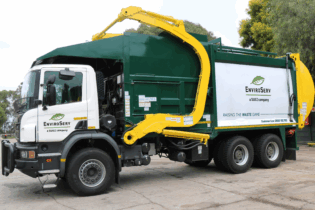Until the regulations and laws are strictly adhered to, packaging and transport of dangerous goods will continue to rank as important agendas on the global ‘safety list’.
Overview and industry concerns Representatives from 24 countries, OTIF, IAEA, ICAO, IMO and the WHO together with 29 industry associations attended the 40th United Nations (UN) session on the transportation of dangerous goods. Many corresponding work groups will continue to work to firm up formal documents for submission and approval in the June or December 2012 sessions, so as to be included in the 18th Orange Book revision due in 2013. Eva Molnar, director, UN Economic Commission (UNECE) transport division, addressed committee delegates at the December 2011 meetings, thanking all especially industry for their continuing efforts and inputs from experiences and technology, to improving the safety in transportation of dangerous goods across all modes. Molnar informed members that budget cuts would impact on the UNECE transport division in the 2012/13 programme budget but assured that the secretariat of TDG & GHS sub-committees would not be affected due the importance of their work, which has a significant effect on the entire world’s transport systems, particularly now with the launch of the Decade of Road Safety: 2011-2020. She encouraged countries that are not yet embracing the UN Model Regulations to ensure implementation in their national legislation and for members to promote implementation. Molnar further encouraged participation in the Decade of Road Safety Programmes across the five main regions:- Asia and the Pacific
- Africa
- Middle East
- North America
- Latin America and the Caribbean
– proposal to amend and extend the transitional period for UN portable tanks
– electronic data interchange – decade of Action for Road Safety. Items of general interest included: – report back from lithium batteries working group, which included proposals on the transportation of damaged or defective goods, and the transportation of waste such as used batteries – Lithium battery markings – fumigation warning mark and coolant/conditioning unit warning mark to prevent asphyxiation on opening of containers – light bulbs containing small quantities of dangerous substances – classification and packing of asbestos – ‘Torch’ cigarette lighters containing lithium batteries.






